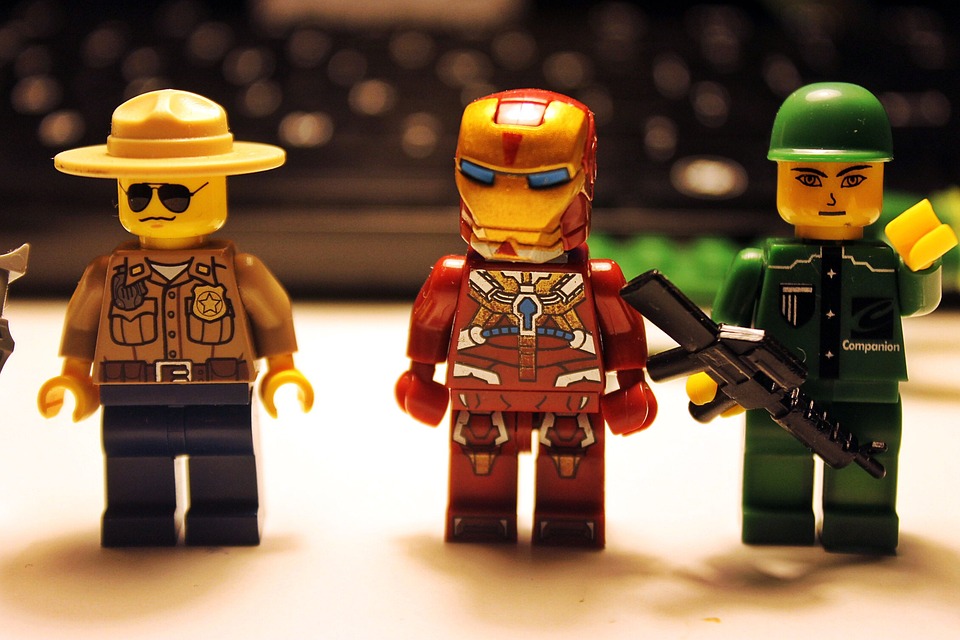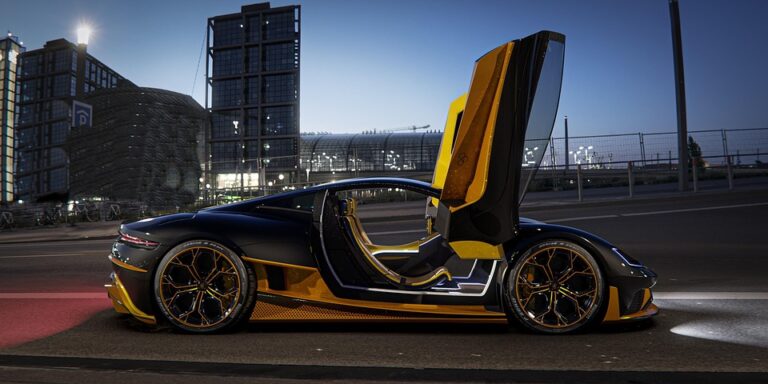
The Enigmatic Journey of LEGO Sets: A Deep Dive into Their Evolution
LEGO, a name synonymous with creativity and imagination, has traversed a remarkable path since its inception. Who would have thought that a humble Danish carpenter’s workshop could spark a global phenomenon? The evolution of LEGO sets is not merely a tale of plastic bricks; it tells a story of innovation, cultural shifts, and the timeless appeal of play.
1. The Humble Beginnings
In the late 1940s, Ole Kirk Christiansen, a skilled carpenter from Billund, Denmark, began crafting wooden toys. The transition to plastic in 1949 marked a pivotal moment. The introduction of the automatic binding bricks in 1958, with their interlocking design, revolutionised the toy industry. This ingenious design enabled builders to create more complex and stable structures. One might ponder, what was it about these little bricks that captured the hearts of children and adults alike?
2. The Golden Age of LEGO: 1960s to 1980s
The 1960s ushered in a golden era for LEGO. With the launch of the first themed sets, including the iconic LEGO Town and LEGO Space, the company began to tap into the burgeoning imagination of children. It was a time when children weren’t merely builders; they were creators of entire worlds. The introduction of minifigures in 1978 added a new dimension to play. Suddenly, every child had a cast of characters to bring their creations to life.
Critics might argue that the charm of LEGO was in its simplicity. Yet, the complexity of imaginative play was never lost. As LEGO expanded its themes and sets, it became a canvas for storytelling. The question arises: did LEGO inadvertently become a tool for nurturing creativity in a generation?
3. The Diversification Era: 1990s to 2000s
The 1990s heralded a time of diversification. With the introduction of lines such as LEGO Technic and LEGO Mindstorms, the brand began to cater to an older demographic, challenging the notion that LEGO was merely a toy for children. The fusion of robotics with traditional building sets signalled a shift towards educational play.
One cannot ignore the impact of pop culture during this time. Collaborations with franchises like Star Wars and Harry Potter transformed LEGO into a cultural phenomenon. Collectors and enthusiasts began to emerge, driven by a desire to own a piece of their favourite universes. The question remains: how did LEGO manage to stay relevant in an ever-changing market?
4. The Digital Transformation: 2010s Onwards
As the world became increasingly digital, LEGO adapted with remarkable agility. The advent of LEGO video games and interactive apps created a bridge between physical and digital play. Children were no longer confined to the physical realm of bricks; they could now explore virtual landscapes built from their imaginations.
Moreover, initiatives such as LEGO Ideas, where fans could submit their designs for potential production, further solidified the brand’s commitment to community engagement. It begs the question: has LEGO not only survived the digital age but thrived within it?
The Legacy of LEGO
As we reflect on the evolution of LEGO sets, it becomes evident that they are more than just toys; they are a testament to human creativity and innovation. From the humble beginnings in a small workshop to a global powerhouse, LEGO has continually redefined what it means to play. The brand’s ability to adapt while holding onto its core values of creativity and imagination is nothing short of extraordinary.
In this rapidly evolving world, LEGO remains a constant, inspiring generations to build, create, and dream. For those keen on exploring the multitude of offerings available, BargainsTrust continues to provide a curated selection of quality products, ensuring that the spirit of play lives on. So, whether you’re a seasoned builder or just embarking on your LEGO journey, the adventure is far from over.






